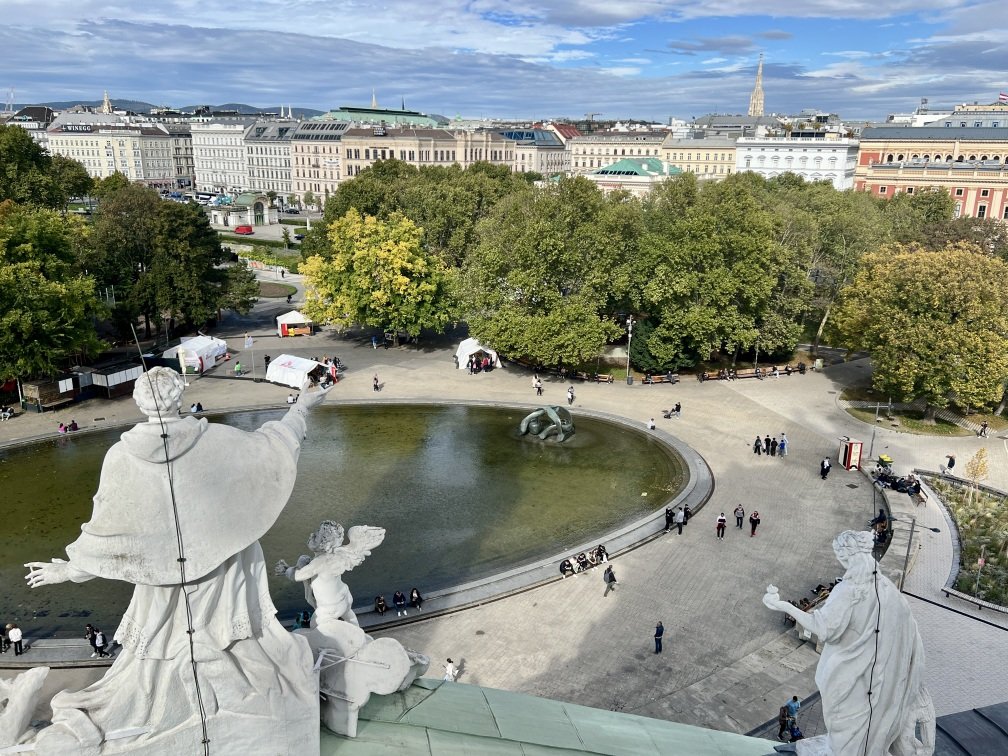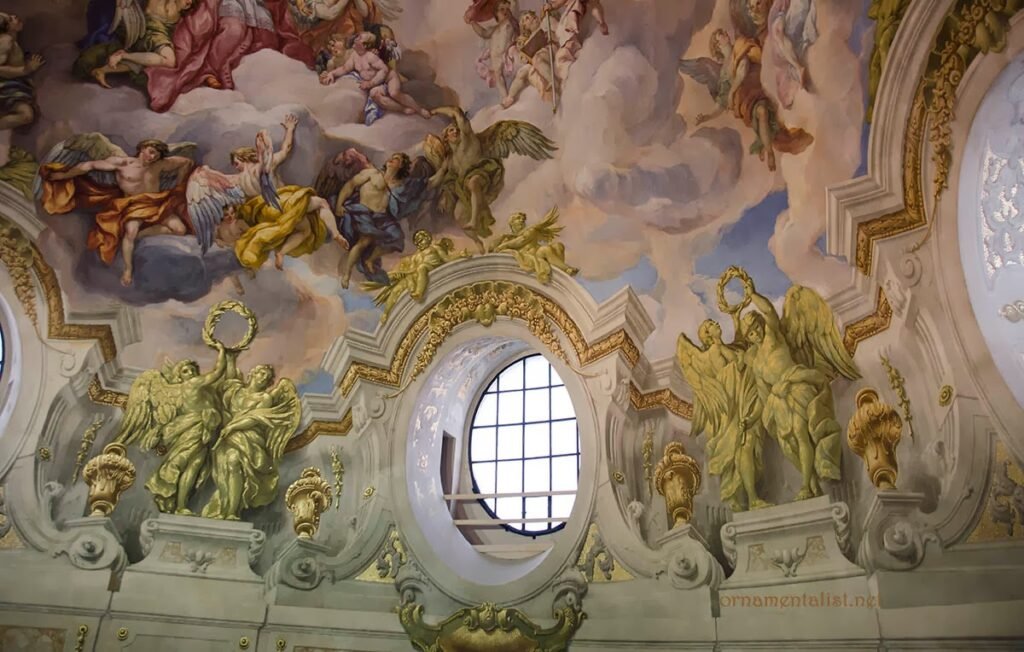Vienna is a city where history and art intertwine at every corner, and among its many treasures, the Karlskirche (St. Charles Church) stands out as one of the most spectacular examples of Baroque architecture in Europe. With its imposing dome, richly decorated interior, and symbolic history, Karlskirche is not just a place of worship but also a cultural and artistic landmark that draws thousands of visitors each year.
A Historical Legacy
Karlskirche was commissioned in 1713 by Emperor Charles VI, following a devastating outbreak of plague that swept through Vienna. As a sign of gratitude and hope, he vowed to build a church dedicated to Saint Charles Borromeo, the patron saint of plague sufferers. Construction began in 1716 under the direction of Johann Bernhard Fischer von Erlach, one of the greatest Baroque architects of his time. After Fischer’s death, his son Joseph Emanuel completed the church in 1737, blending his father’s vision with his own style.
Since its completion, Karlskirche has been regarded not only as a religious sanctuary but also as a symbol of resilience and renewal for the people of Vienna.

Architectural Splendor
Karlskirche is a stunning fusion of styles, combining Baroque grandeur with elements inspired by classical antiquity. The façade features two massive columns of triumph, modeled after Trajan’s Column in Rome, depicting scenes from the life of St. Charles Borromeo. These spiral reliefs are both decorative and deeply symbolic, celebrating the saint’s virtues and his role in helping the sick.
The most striking feature of Karlskirche is its magnificent dome, rising 72 meters high and dominating Vienna’s skyline. The dome’s turquoise hue and elegant curvature make it instantly recognizable, while its interior is adorned with frescoes depicting the ascension of St. Charles Borromeo, painted by Johann Michael Rottmayr. The frescoes are filled with dramatic figures, vibrant colors, and masterful details that transport visitors into a spiritual world.
Inside, the church impresses with its spacious nave, ornate altars, and golden details. Light filtering through the large windows enhances the grandeur, creating an atmosphere of reverence and awe.
A Place of Worship and Culture
While Karlskirche continues to serve as an active place of worship, it has also become a major cultural venue. Concerts, particularly of classical and sacred music, are often held in the church, making use of its excellent acoustics and breathtaking ambiance. Many visitors attend performances of Mozart’s Requiem or Vivaldi’s works, adding a unique cultural experience to their visit.
An unusual but popular feature is the panoramic lift installed inside the church, which allows visitors to ascend to the dome gallery. From there, one can view the frescoes up close and enjoy panoramic views of Vienna—a truly unforgettable experience.

Visitor Experience
A visit to Karlskirche offers a mix of spiritual reflection, artistic appreciation, and cultural immersion.
Admire the Exterior: The columns, dome, and baroque façade are ideal for photography.
Explore the Interior: Take in the frescoes, altars, and sacred atmosphere.
Ride the Panoramic Lift: Get a closer look at the frescoes and spectacular city views.
Attend a Concert: Experience the power of classical music in a magnificent setting.
Travel Tips
Best Time to Visit: Year-round, though evenings with concerts are particularly magical.
Getting There: Located on Karlsplatz, easily accessible by metro (U1, U2, U4).
Nearby Attractions: The Musikverein (home of the Vienna Philharmonic), Belvedere Palace, and Naschmarkt are within walking distance.
What to Bring: Comfortable shoes, a camera, and, if attending a concert, a ticket booked in advance.
Conclusion
Karlskirche is more than a church—it is a symbol of Vienna’s resilience, artistry, and spiritual devotion. With its awe-inspiring dome, intricate frescoes, and rich historical legacy, it captivates every visitor who steps through its doors. Whether you are drawn by faith, fascinated by Baroque architecture, or simply eager to experience Vienna’s cultural soul, Karlskirche promises a journey filled with beauty, history, and inspiration.





















